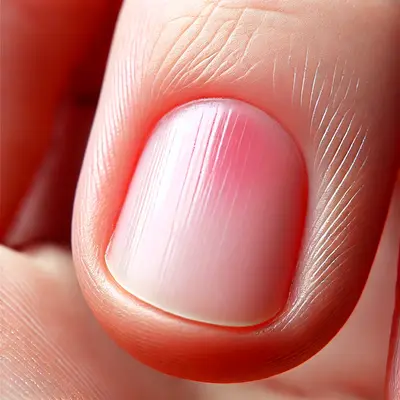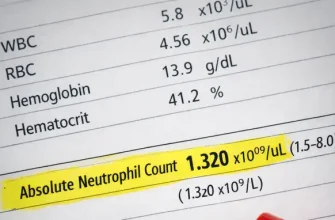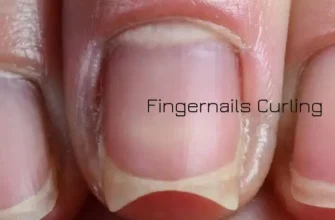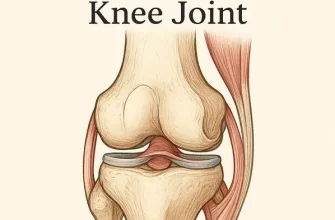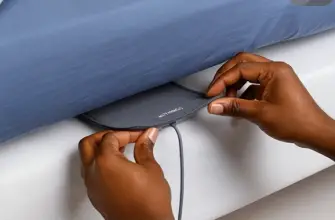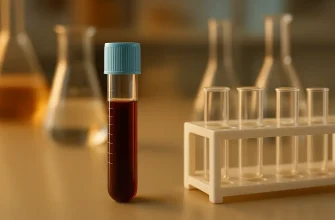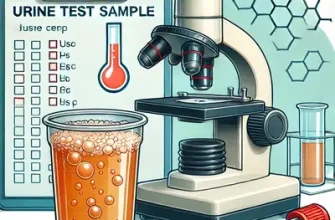Linda, a mother of two, noticing that the skin around her fingernail has become red, swollen, and increasingly painful. At first, she thought it was just a small cut, but within days, the swelling worsened, and now it’s hard for her to use that finger without discomfort. If you’ve experienced painful, swollen skin around the nail bed, like Linda, you may be dealing with a condition called paronychia.
Symptom Breakdown:
The skin around the nail bed can become inflamed for various reasons. If you’ve noticed redness, swelling, or pain around the fingernail or toenail, it’s important to pay attention to these early signs. Here are common symptoms of nail bed inflammation:
- Red, swollen skin surrounding the nail, often accompanied by tenderness.
- Pus formation in more severe cases, signaling an infection.
- Pain when touching the affected area, sometimes making simple tasks uncomfortable.
- Changes in the nail’s shape or color, which can indicate a deeper problem like an infection.
Diagnostic Path: Common Causes of Swollen Skin Around the Nail Bed
There are several potential causes of painful and swollen skin around the nail bed, and pinpointing the reason is crucial to finding the right treatment. Let’s explore some of the most common reasons:
- Paronychia
Paronychia is an infection of the skin around the nail bed. This can be caused by bacteria or fungi entering the skin through a minor injury like a hangnail or cut. Paronychia may be acute (develops quickly) or chronic (long-lasting).- Acute Paronychia is typically caused by bacterial infections and often leads to painful swelling and pus formation around the affected nail.
- Chronic Paronychia, often caused by repeated exposure to moisture or chemicals, is more common in people who frequently wash their hands or are exposed to water, like dishwashers or cleaners.
- Ingrown Nail
An ingrown nail happens when the edge of the nail grows into the surrounding skin, causing pain and swelling. This often happens on the toes, particularly the big toe, and can lead to an infection if not treated. - Trauma or Injury
Sometimes, nail trauma, such as hitting your nail against a hard surface or getting your finger caught in a door, can lead to swelling and pain around the nail bed. Even a manicure injury or biting your nails can cause inflammation. - Fungal Infection
Fungal infections around the nail bed are more common in toenails due to moisture and warmth. A fungal infection can cause thickening of the nail, changes in nail color, and swelling in the surrounding skin. - Allergic Reaction
An allergic reaction to nail polish, acrylic nails, or nail adhesives can irritate the skin around the nail, causing redness, itching, and swelling.
Deep Dive: Why Does the Skin Around the Nail Become Swollen?
The nail bed is an area particularly susceptible to infections because it can easily be exposed to bacteria and fungi through cuts, cracks, or minor injuries. Once these pathogens enter, the body responds with inflammation, which is why you notice redness, swelling, and pain. In cases of acute paronychia, bacteria (like Staphylococcus aureus) can cause pus to form, worsening the condition.
For people frequently exposed to water or irritating chemicals, like nurses or cleaners, the risk of developing chronic paronychia is higher. The constant moisture weakens the skin barrier, making it easier for fungi or bacteria to take hold.
Treatment Comparison: How to Treat Painful, Swollen Skin Around the Nail Bed
Depending on the cause, treatment for painful and swollen skin around the nail bed can vary. Here are some common approaches:
- Home Remedies for Early-Stage Infections:
- Warm Soaks: Soaking the affected finger or toe in warm water 3-4 times a day can reduce swelling and help drain any pus.
- Over-the-Counter Antibiotics: Applying topical antibiotic ointment (like Neosporin) can help prevent infection from worsening.
- Treatment for Acute Paronychia:
- Drainage: If there’s pus around the nail bed, a doctor may need to drain the abscess to reduce pain and prevent the infection from spreading.
- Oral Antibiotics: In more severe cases, a doctor may prescribe antibiotics to combat the bacterial infection.
- Treatment for Chronic Paronychia:
- Antifungal Creams: For cases caused by fungi, over-the-counter or prescription antifungal creams can help clear up the infection.
- Protecting the Nails: It’s important to avoid overexposure to water and harsh chemicals. Wearing protective gloves while doing chores can help prevent recurrence.
- Ingrown Toenail Treatment:
- Nail Trimming: Carefully trimming the nail to prevent it from digging into the skin can relieve pressure and reduce inflammation.
- Medical Intervention: In severe cases, part of the nail may need to be removed surgically to prevent the ingrown nail from recurring.
- Preventing Recurrence:
- Avoid nail biting and trimming nails too closely, as these habits can increase the risk of infection.
- Keep nails dry and avoid prolonged exposure to water or chemicals, especially for those with chronic paronychia.
Outcome Story: A Path to Relief
Take the case of Emma, a barista who constantly washed her hands at work. She began noticing the skin around her nails becoming sore and swollen, especially after a long day of dishwashing. When she sought help, she was diagnosed with chronic paronychia. Emma’s doctor advised her to wear protective gloves when working with water and prescribed a topical antifungal cream. Within a few weeks, her symptoms improved significantly, and she learned how to better protect her hands from future flare-ups.
How to Manage Nail Bed Swelling and Pain
If you’re experiencing painful and swollen skin around your nail bed, it’s important to address it early to prevent further complications. Whether it’s acute paronychia, a fungal infection, or an ingrown nail, identifying the cause is the first step to effective treatment. By taking proper care of your nails and protecting them from injury or infection, you can avoid this uncomfortable condition in the future. For persistent or worsening symptoms, always consult with a healthcare provider for appropriate treatment.

